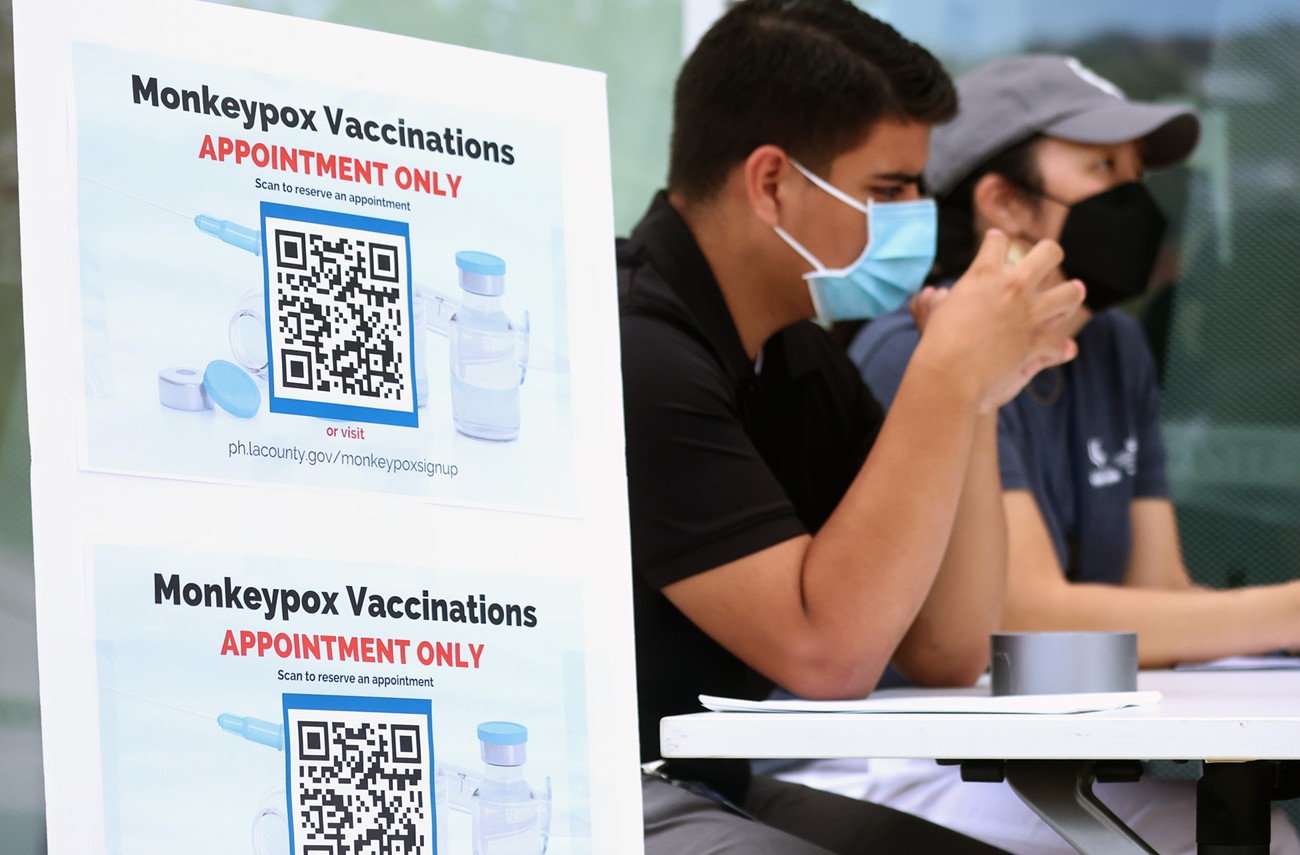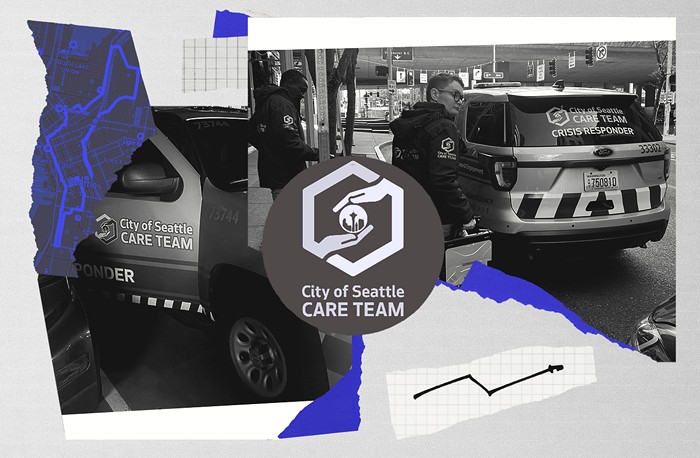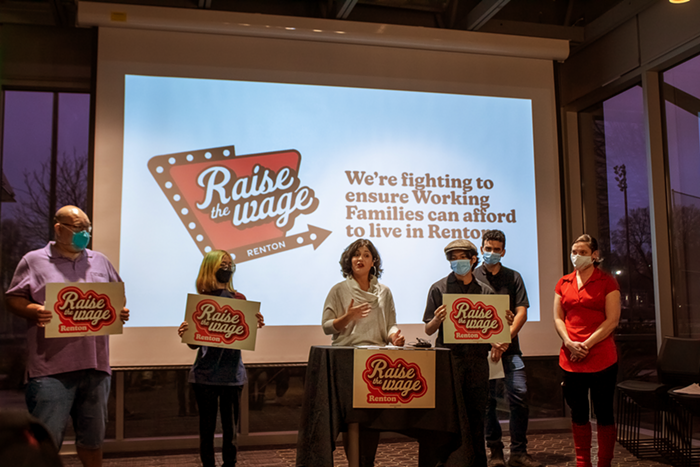Earlier this week, a report from the Kaiser Family Foundation indicated that Washington had only ordered half of the vaccines that the federal government allotted to the state.
But that’s not quite right, according to state health officials who disputed the report as diplomatically as possible on a call this morning.
“I believe there was a snafu of the timestamp of when they pulled the data versus when our ordering went in,” said Dr. Umair A. Shah, Secretary of Health at Washington State Department of Health.
While he wouldn’t go so far as to say the report was “inaccurate,” Shah explained that KFF pulled data on vaccine requests before the federal government had opened vaccine requests for the state. “It’s a complicated, complex ordering system,” he said. “It does require quite a bit of choreographed dance with our federal partners. … You’ll have some data lags that will occur.”
At this point, officials say, they’ve placed orders for 96% of the vaccines available to them, with additional ordering expected as soon as this week and again later in the month.
“In the time we got our allocation until we went through our strategy to identify the numbers and where it’s being shipped, it was a two-day timeframe for the feds to process our order,” explained Andrew Rose, assistant secretary for response operations at the Department of Health. “There have been several hiccups with the federal system over the last few weeks in ordering, so that has caused some delays for many states across the country to get timely orders in to our federal partners.”
But, he emphasized, “We are, at every instance of allocation, ordering everything that is available to the state of Washington.”
The fact that data are rapidly changing was confirmed by one of the report’s co-authors, Jennifer Kates, senior vice president at KFF and director of global health and HIV policy. “There was an increase in supply by HHS (and an update in the data),” she wrote via email. “Our as of date is earlier.”
One challenge to reflecting up-to-date information is that placing orders for vaccines from the federal government isn’t as simple as dropping a couple packs of gum in an Instacart order. There’s a complex, manual, multi-step process to confirm availability, ensure equitable distribution, and track the supply to ensure that doses are not misallocated. The process involves numerous databases, all updating at different times, so the data in one may not always be synchronized with the data in another.
Meanwhile, Washington is grappling with other simultaneous health crises. COVID cases remain high, though the spike over the last few weeks seems to be leveling off. There have also been rising cases of STIs in King County. Plus, hot weather is prompting a public health response emphasizing the importance of hydration, sunscreen, and staying indoors. Indoor mask usage remains important for reducing the spread of COVID, though casual observation at supermarkets and on transit makes it clear that many people have abandoned the practice.
Regarding monkeypox, available information and advice remains the same: Transmission is rising, and overwhelmingly occurring among men who have sex with men, and as a result of intimate skin-to-skin contact. By far, the most effective way to reduce risk is by limiting prolonged physical contact (cuddling, kissing, and sex). Vaccines are still in limited supply in the United States, and vaccines must still be rationed.
One new twist: Public health messaging will probably transition from calling it “monkeypox” to “MPV,” which isn’t as catchy, but it will hopefully diffuse some of the stigma that may prevent people from seeking care.
“It’s a very high priority for us to prevent MPV by vaccinating those at highest risk of infection,” said Tao Sheng Kwan-Gett, chief science officer at the Washington Department of Health. “If you’ve been exposed … or you have a [suspicious] rash … contact a health care provider.”
If you don’t have a health care provider, you can call King County Public health at 1-800-756-5437.
While there have been no fatal cases in the United States in the current outbreak, the rash can be extremely painful, can last weeks, and can be accompanied by other health issues such as organ damage and blindness. Members of the public at particular risk include the immunocompromised, children, and the elderly.
So far, the state has ordered and distributed 14,066 doses, according to DOH, which accounts for 96% of allocated vaccines. They’re expecting the federal government to allow them to order another batch soon, possibly by the end of the week, and then another batch by August 13. One more wave of orders is expected to open sometime in late August or early September.
Is this a public health emergency in Washington? Not yet, said Dr. Shah, though they continue to monitor cases statewide. But federal officials declared a national emergency earlier today, which will allow health care providers to bypass lengthy procedures that can slow diagnosis and treatment. It will also direct more robust state-level data to the Centers for Disease Control and Prevention, and it will open up some emergency funding.
And while many people may cross the border to take advantage of Canada’s superior health care system, officials raised a note of caution, since travel can make it harder to obtain follow-up care in the event of side effects. (Most side effects from the JYNNEOS vaccine are minor; severe reactions are extremely rare.)
For now, with vaccines in very limited supply, officials recommend focusing on risk-reduction measures, many of which are the same as those that they recommend for other illnesses.
“MPV is just one of many, many viruses and bacteria that can be spread by an infectious rash,” said Dr. Kwan-Gett. “If you have a new possibly infectious rash, keep it covered, avoid physical contact with others until you have a chance to see a health care provider. … I think we absolutely do have an opportunity to control the outbreak.”




















